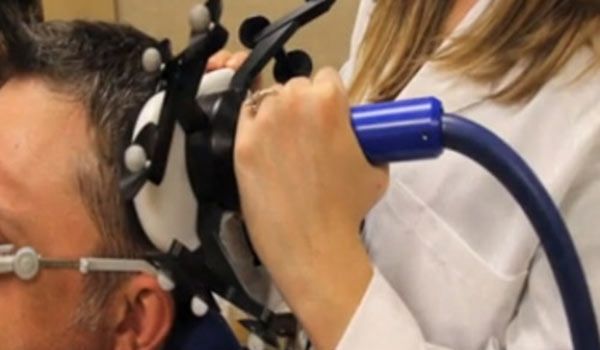
Emotions are present in our life since our birth. They play a relevant role in the construction of our personality. In this context, including a subject that deals with emotional education in the various academic programs could help us, from childhood, to recognize, understand, and choose our thoughts, emotions, and actions.
Emotional education is a response to social needs that are not sufficiently addressed in mainstream academic programs. These needs are linked to the presence of anxiety, stress, depression, violence, drug use, suicide, risky behavior, etc. All of this is in large part a consequence of emotional illiteracy.
Emotional education aims to develop emotional skills. We understand emotional skills as the set of knowledge, skills, and attitudes necessary to become aware of, understand, express, and appropriately regulate emotional contagion. Emotional skills include emotional awareness and regulation, emotional autonomy, social skills, life skills, and well-being.
Developing emotional skills requires continuous practice; emotional education begins from the earliest moments of life until the end of the life cycle. This notion should therefore be present in primary and secondary schools, among families, adults, the media, organizations, the elderly, etc.
Is it necessary to include emotional education in schools?
Daniel Goleman, psychologist, author of the book Emotional Intelligence, is one of the most authoritative voices on emotional education. He tells us that we must learn to control our emotions, especially stressful and disabling ones.
Even though we may not be aware of it, everything we learn is conditioned by our emotional state. We have emotions from birth and they play an important role in building our personality and our social interactions. We feel emotions at all times, in family, with friends, in front of our environment, etc.
School is another area of knowledge and experience in which emotions develop. To educate means to consider the integral development of people, to develop cognitive, physical, linguistic, moral, affective, and emotional capacities.
The content of emotional education that can be worked on in school is as follows:
emotional awareness: It involves becoming aware of one’s emotional state and manifesting it through verbal and/or non-verbal language. You also have to learn to recognize the feelings and emotions of others.
emotional regulation: The ability to regulate unpleasant impulses and emotions is important. It’s about tolerating frustration.
Education for well-being
Well-being has a personal and social dimension. This is a reality and working with this dimension will allow us to transcend the myopic vision of individual well-being, and to orient ourselves towards the integral development of people within their respective organizations. The goal is the interplay between social and personal well-being
Recent research has provided evidence of the positive effects of emotional education. The general conclusion is that the systematic development of emotional education programs that meet the minimum conditions of quality and time of dedication have a significant impact on the integral development of people.
Keep in mind that emotional skills are some of the hardest to learn. A student can learn to solve second-degree equation problems. But years of training are needed to automate the regulation of impulsivity in anger situations (and prevent violence). This is one of the challenges of emotional education.






